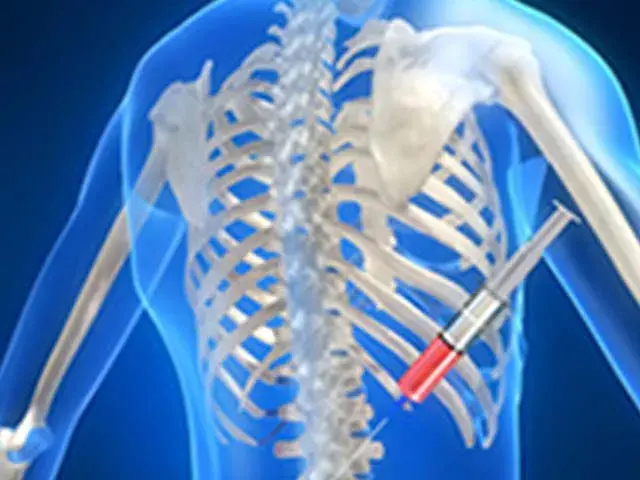Starting January 1, 2017, there are eight new epidural injection CPT codes which replace codes 62310-62311 and 62318-62319. When it comes to pain management billing, knowledge of the new codes and CPT instructions is crucial for compliance and appropriate and timely reimbursement.
Epidural injections help patients get relief from acute low back or leg pain or sciatica when conservative treatments fail. Administered directly at the site of the pain, the injections can immediately reduce it. By providing short-term relief from pain, the injections help patients progress to an exercise or physical rehab program.
As a report from the American Academy of Pain Medicine points out, the new codes are the result of a request by CMS (Centers for Medicare and Medicaid Services) for a review of the codes for epidural injection procedures. CMS pointed out that the injection procedures were usually reported in conjunction with fluoroscopic guidance (code 77003). This led the American Academy of Pain Medicine and several other professional medical associations to create separate codes for injection services provided with and without imaging guidance for each type of injection and anatomic area. As of January 1, 2017, CPT codes 77003, 77012, 76942 or any other guidance codes should not be reported in addition to epidural injections.
The new family of codes is as follows:
- 62320: Injection(s), of diagnostic or therapeutic substance(s) (eg, anesthetic, antispasmodic, opioid, steroid, other solution), not including neurolytic substances, including needle or catheter placement, interlaminar epidural or subarachnoid, cervical or thoracic; without imaging guidance
- 62321: with imaging guidance (i.e., fluoroscopy or CT)
- 62322: Injection(s), of diagnostic or therapeutic substance(s) (eg, anesthetic, antispasmodic, opioid, steroid, other solution), not including neurolytic substances, including needle or catheter placement, interlaminar epidural or subarachnoid, lumbar or sacral (caudal); without imaging guidance
- 62323: with imaging guidance (i.e., fluoroscopy or CT)
- 62324: Injection(s), including indwelling catheter placement, continuous infusion or intermittent bolus, of diagnostic or therapeutic substance(s) (eg, anesthetic, antispasmodic, opioid, steroid, other solution), not including neurolytic substances, interlaminar epidural or subarachnoid, cervical or thoracic; without imaging guidance
- 62325: with imaging guidance (i.e., fluoroscopy or CT)
- 62326: Injection(s), including indwelling catheter placement, continuous infusion or intermittent bolus, of diagnostic or therapeutic substance(s) (eg, anesthetic, antispasmodic, opioid, steroid, other solution), not including neurolytic substances, interlaminar epidural or subarachnoid, lumbar or sacral (caudal); without imaging guidance
- 62327: with imaging guidance (i.e., fluoroscopy or CT)
Other key CPT instructions to note:
- The choice of the epidural injection code depends on the region where the needle or catheter enters the body. The code should be reported only once when the injected substance spreads or the catheter tip insertion moves into another spinal region.
- Any injection of contrast is an inclusive component of codes 62321, 62323, 62325 and 62327
- The placement and use of a catheter to give one or more epidural, or subarachnoid injections on a single day should be reported as if a needle had been used. The procedure should be reported with codes 62320-62323 (as a single injection)
- Threading a catheter into the epidural space, injecting substances at one or more levels and then removing the catheter also constitutes a single injection.
- Codes 62324-62327 should be reported only if the catheter is left in place to deliver substance(s) over a prolonged period of time (more than a calendar day) either continuously or via intermittent bolus.
Outsourced physician coding services allow pain management clinics and centers keep pace with CPT code guidelines and payer policies. Outsourcing will ensure complete and accurate coding and billing of complex pain management procedures for a positive margin.




